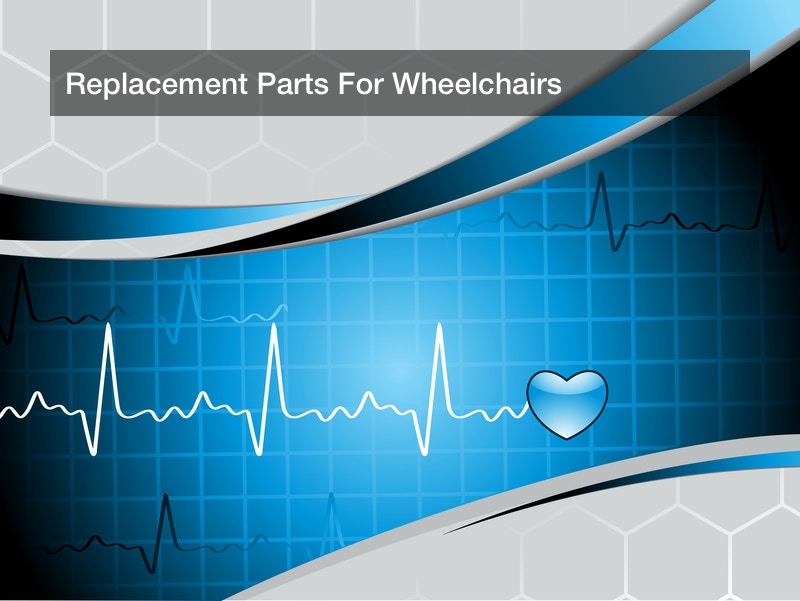

Many Americans today have physical disabilities from a number of causes. Some Americans have suffered from a broken foot or leg, and may be using crutches or wheelchairs during their recovery. In other cases, someone is an amputee and does not even have two legs to walk on, so they will make use of a wheelchair to restore their mobility. In yet other cases, a person has suffered from partial paralysis, so they may use a wheelchair since their legs cannot be moved anymore. The good news in all this is that awareness of disabilities and special needs is greater than ever, and more and more accommodations are made for those who have mobility limitations. Crutches, scooters, and wheelchairs are common devices to help these disabled Americans maintain their mobility, and many buildings and vehicles today are designed to accommodate them in everyday operation. Meanwhile, wheelchairs may have any or all of their different parts repaired or replaced as needed, ranging from bearings for wheelchairs to wheelchair arm pads and even wheelchair tires. If a wheelchair-bound person has a care taker, that care taker may find and install replacement bearings for wheelchairs, and they may find such bearings for wheelchairs online or at specialized retailers in their area.
Mobility Devices Today
Not only wheelchairs, but many other mobility-enhancing devices are used by many Americans to get around. This includes crutches for those whose leg is in a cast and is still recovering, or the elderly, who use canes to help them stay upright and maintain their balance. Many statistics are compiled to track the American and worldwide disabled community and their needs, and the numbers show that 10% of the world’s population has a disability. That figures to nearly 650 million people who live with a disability. Among the world’s poorest populations, this figure is higher, at about 20% or so. In the United States, meanwhile, the Census Bureau has defined a disability status through six types of questions measuring several factors. These factors include hearing, cognition, walking or climbing up stairs, self care, and independent living.
Someone with a leg in a cast may use crutches and an elderly individual may use a wheeled walker or a cane, but other Americans have need for a wheelchair. Today in the United States, close to 3.6 million people aged 15 and over are using wheelchairs, and some two million new wheelchair users are in the United States every year. These people have limited mobility in arenas such as stairs or rough terrain, so a number of accommodations have been made for them. Many buildings today, for example, have wheelchair ramps on them that act as an alternative for staircases, and many curbs have a smooth, gradual curve where wheelchairs may roll smoothly. These curb ramps are often found close to specialized disabled parking locations in a parking lot, often marked with blue paint. Meanwhile, larger vehicles such as buses or large vans may have motorized wheelchair ramps or platforms on them that can allow a wheelchair-bound passenger to get in and out of the vehicle. Once on board, the wheelchair-bound passenger may position themselves in a reserved space for them, since it may be inconvenient or simply unnecessary to move themselves onto a regular bus seat.
Wheelchairs may be motorized, or they may be operated either by turning the wheels by hand or by someone pushing them. In everyday life, many Americans make use of motorized wheelchairs, but in other contexts, a non-motorized model may be used. Hospitals, for example, may make use of these non motorized versions since wheelchair users are only crossing limited distances. These wheelchairs may also be folded up to take up less storage space, and they can be unfolded again when needed for a patient. For this reason, hospital staff may also invest in replacement bearings for wheelchairs, and repair staff on hand may removed damaged or worn out bearings or other pieces in a wheelchair and replace them. If a wheelchair is too difficult to move, or if the wheels squeak or groan or the wheelchair’s agility is impaired, this means that replacement bearings for wheelchairs should be bought and installed. Such parts may be found with online catalogs for the hospital staff’s convenience, and have the parts shipped to them.



